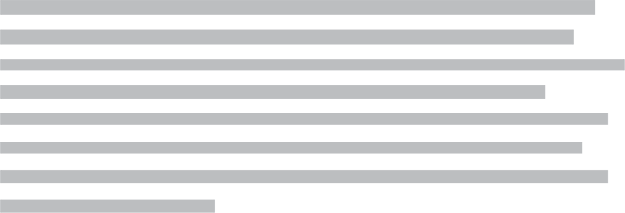All official European Union website addresses are in the europa.eu domain.
See all EU institutions and bodiesMicroplastic from synthetic textiles unintentionally released into the environment in the EU
Chart (interactive)
The European Commission estimates that between 1,6 and 61,1 kilo tonnes of microplastics from textiles were unintentionally released into the environment in the EU in 2019.

Status: Signal
Coverage: EU27, 2019
The European Commission estimates that between 1,6 and 61,1 kilo tonnes of microplastics from textiles were unintentionally released into the environment in the EU in 2019. This makes textiles the fourth largest source of unintentional microplastic release into the European environment, following paints, tires, and pellets.
Although it is not possible to deduct a trend based on the data available, the amounts of microplastics released from synthetic clothing are expected to be on the rise given that the use of synthetic fibres is increasingly common in the production of clothing, household textiles and technical textiles. Unfortunately, factors determining the release of microplastics are still poorly understood and the long-term effects on ecosystems and human health remain unclear.
Furthermore, not all microfibres released from textiles are plastic-based. A significant portion comes from natural sources. It's important to differentiate between man-made fibres of natural origin, such as viscose and lyocell, and natural fibres like cotton, wool, and silk. Man-made fibres are derived from natural materials like wood pulp but are chemically altered into cellulosic fibres for textile production. Although they originate from natural substances, these fibres are considered semi-synthetic, and their biodegradability remains uncertain. Like microplastic fibres, they have been found in natural ecosystems and indoor air, raising concerns about their environmental persistence. Moreover, textiles can also be a source of non-fibrous types of microplastics, originating from the various types of materials or accessories used in clothes and textile products, such as prints, coatings, buttons and glitter.
In the Circular Economy Action Plan, the European Commission committed to addressing the presence of microplastics in the environment by addressing unintentional releases of microplastics. In 2021, the Zero Pollution Action Plan provided further impetus by setting a 30% reduction target for microplastic releases by 2030.
Washing of synthetic textiles is considered an important pathway of microplastic release, via which they find their way into wastewater. Wastewater treatment plants retain most of them in sewage sludge, of which about half is applied as a fertiliser in agriculture. Nonetheless microplastic shedding takes place throughout the entire lifecycle of a synthetic textile product, from manufacturing, through use to waste treatment. Microplastics may also be released to air, for example, during the drying and wearing of garments.
Definition
Microplastics are defined as small pieces of plastics, typically smaller than 5mm, and have a fibrous shape if they originate from textiles. This metric focuses on unintentional – through wear and tear –microplastic emissions from synthetic textiles to European water, soil and waste management in EU27.
Methodology
The estimates of microplastic release are based on available data from different studies, and the data presented in this fiche comes from the brochure on EU action against microplastic pollution published by DG Environment.
The metric covers EU27 but presents a wide range of emissions. Several studies have estimated the release of microplastics on global scale or specifically to the European environment, and the resulting numbers tend to differ significantly dependent on the measuring approach and scope.
While the emerging issue of microplastic pollution has gained a lot of attention from research and policy in recent years, there are still many unknowns and unsolved challenges. Estimating microplastic release, transport and accumulation mechanisms remains challenging as measurement methods are still being developed.
Metadata
Data source: European Commission, EU action against microplastics (2023), https://environment.ec.europa.eu/publications/brochure-eu-action-against-microplastic-pollution_en
Unit: tonnes/year
Temporal coverage: 2019
Geographic coverage: EU27
Literature
· European Commissions webpage on microplastics: https://environment.ec.europa.eu/topics/plastics/microplastics_en
· European Commission, EU action against microplastics (2023), https://environment.ec.europa.eu/publications/brochure-eu-action-against-microplastic-pollution_en
· EEA, Microplastics from textiles: towards a circular economy for textiles in Europe - European Environment Agency (2022)
· ETC/CE, Microplastic pollution from textile consumption in Europe (2022)
· EEA, Plastic in textiles: towards a circular economy for synthetic textiles in Europe — European Environment Agency (2021)
· ETC/WMGE, Plastic in textiles: potentials for circularity and reduced environmental and climate impacts (2021)
Continue browsing in the Circularity Metric Lab by visiting one of these thematic modules:




